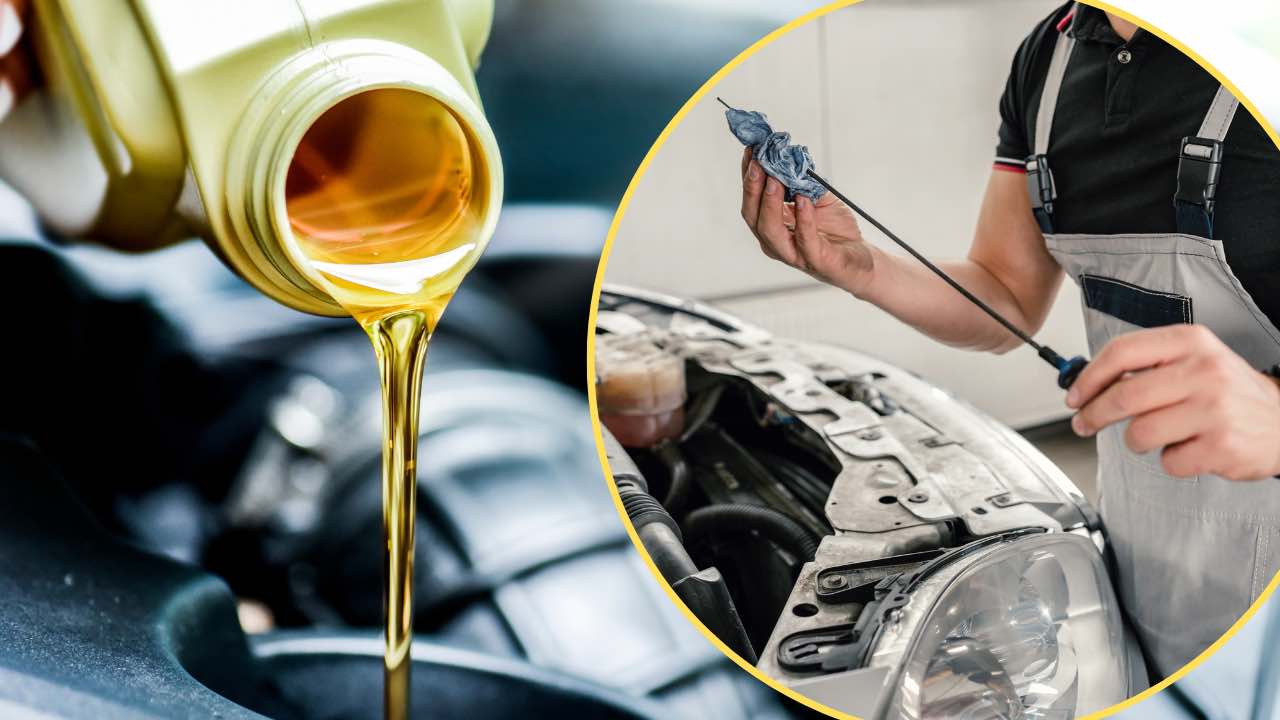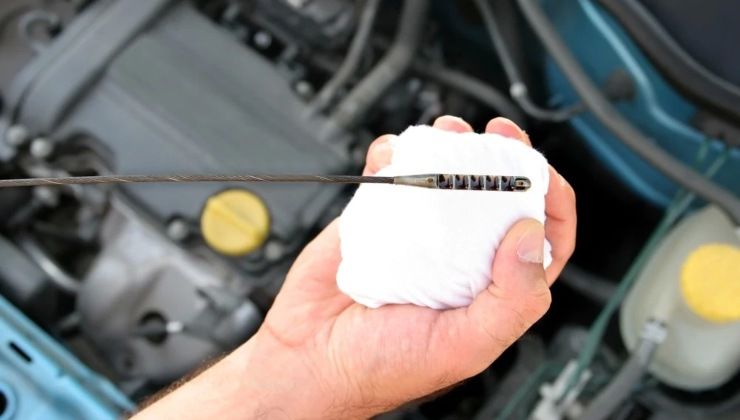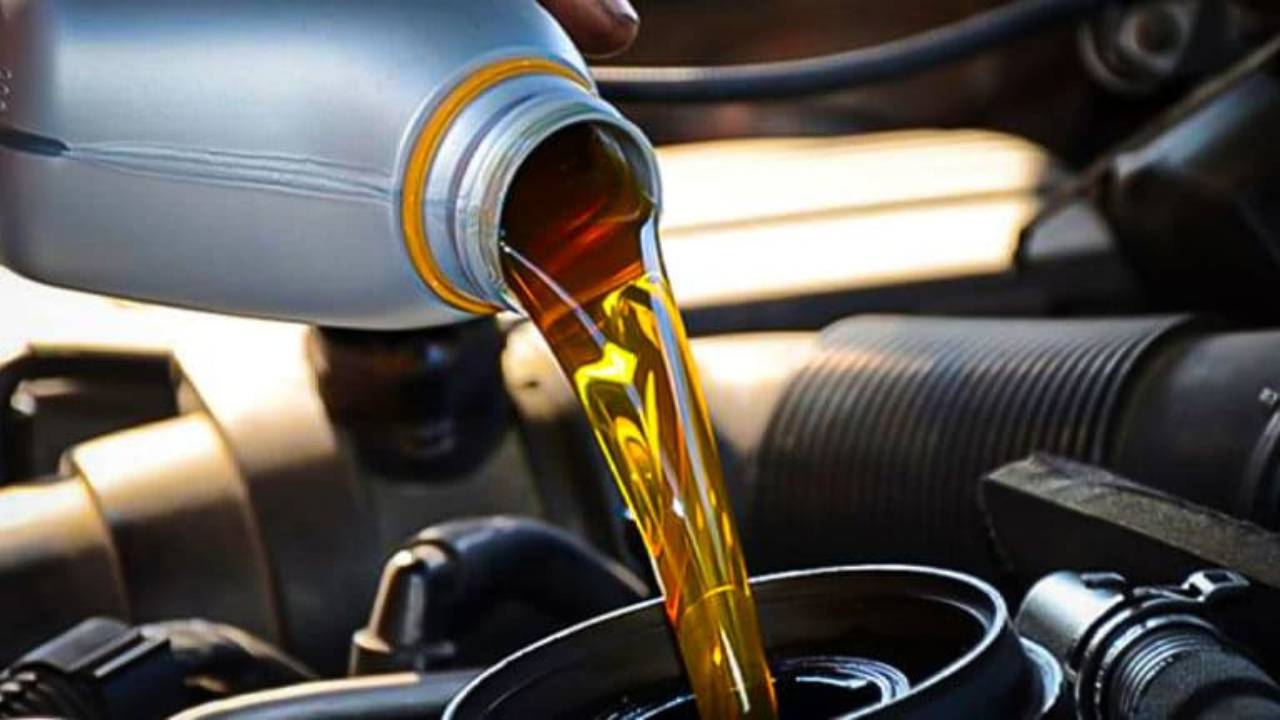Changing or topping up engine oil is one of the most important moves to be implemented constantly, so as not to compromise the functioning and performance of your car. In fact, lubricating the engine in the best possible way guarantees a long life to the machine and will always let you sleep peacefully. But did you know that there is a “trick” on oil color that allows you to understand whether or not this element should be changed? Here’s everything you need to know to NEVER have problems of any kind.

Engine oil it is one of the fundamental components of your machine. Many people underestimate the importance of this element. Actually, it should be checked periodically and changed annually and without ever exceeding certain mileage limits imposed by the manufacturer of the individual car.
Depending on the power supply of your car, it is important to know that there are different kilometer ranges beyond which you should never “push” your car, without first changing the engine oil. Furthermore, regardless of whether or not the car is used constantly, it becomes essential to have this element serviced at least once a year.
The petrol carsfor example, will require an oil change every 15,000 kilometres routes. Those fed a dieselhowever, will have a higher limit, of approx 25,000 kilometres. These, of course, are only indicative values. Each individual model will have slightly different values. For example, an older generation engine will need to change the engine oil more frequently than a new generation one.
But did you know that it is possible to understand if the engine oil is still performing? Let’s find out how to carry out the control, through the color “trick”. Here are all the details about it.
Engine oil: here’s how to check if its color is still optimal or not
There engine oil light on the dashboard it will light up when there is some malfunction or simply to warn you that the change is necessary. For example, in addition to the mileage limits exceeded, it may happen that the oil pressure or level drops below a specific threshold. It becomes advisable to provide for the change or simply to top up the oil. But what do you need to do to check the condition of the engine oil?

The engine oil level can be checked yourself. To understand whether the quality of this element is still acceptable, that’s enough for you take a dipstick and put it in the oil tank. At this point, take the rod out after a few seconds and rub it on a microfiber cloth or a piece of paper. If the color is clear, then the quality of the engine oil is still optimal.
Instead, a darker color of the oil indicates that it must be changed immediately. In this case, it is not advisable to top up, but it will only have to be replaced. Simple topping up, on the other hand, should be done when the oil quality is still excellent, but the levels in reference to pressure and quantity have dropped below the minimum threshold.
In addition to color, when checking the engine oil with the dipstick it will be important to understand if it is viscous and not liquid. It becomes essential to evaluate the adequate viscosity of the oil, since this aspect indicates that everything is in order and that the physical conditions have remained unchanged over time.
If, on the other hand, the oil should be in a more liquid state, then it will be advisable to replace it immediately.

Engine oil that is worn out or that has dropped below the minimum pressure levels can cause various problems for our car. In fact, in the most serious cases, it can even be definitive engine failure. Other problems deriving from the non-optimal state of this element refer to lower performance values and higher fuel consumption.



